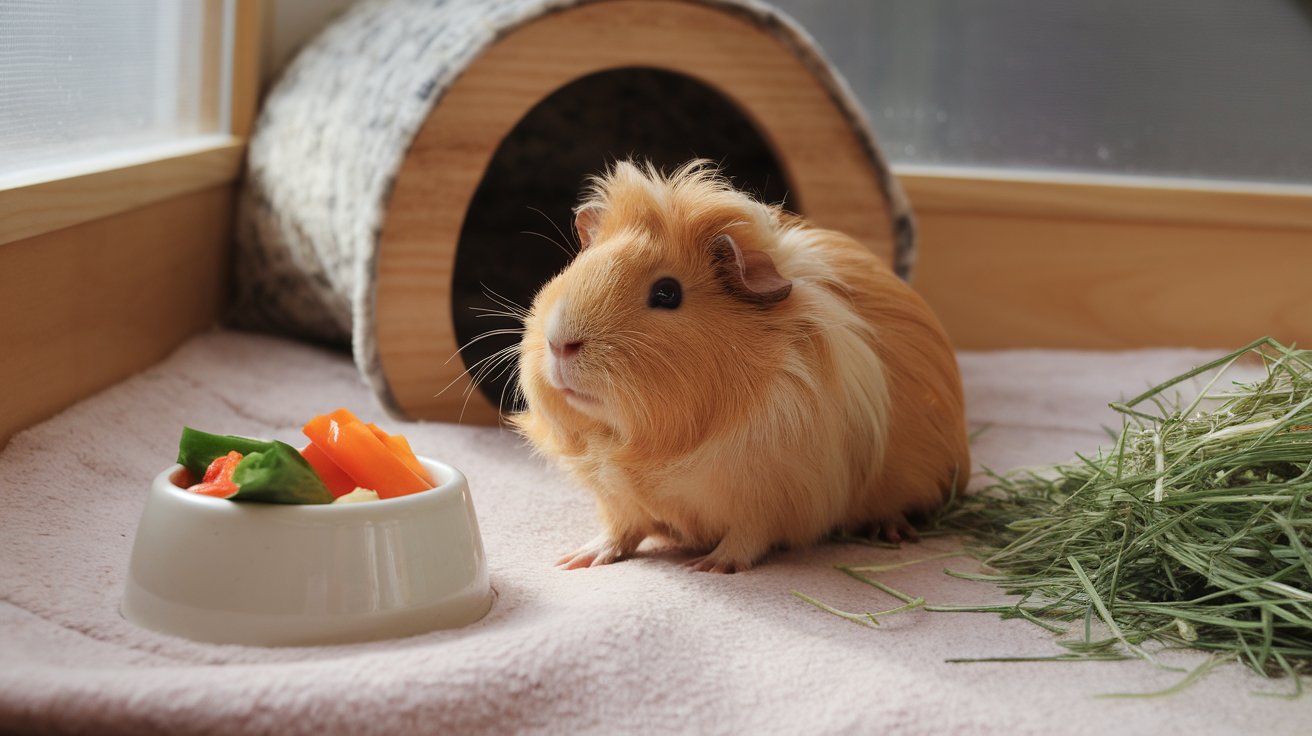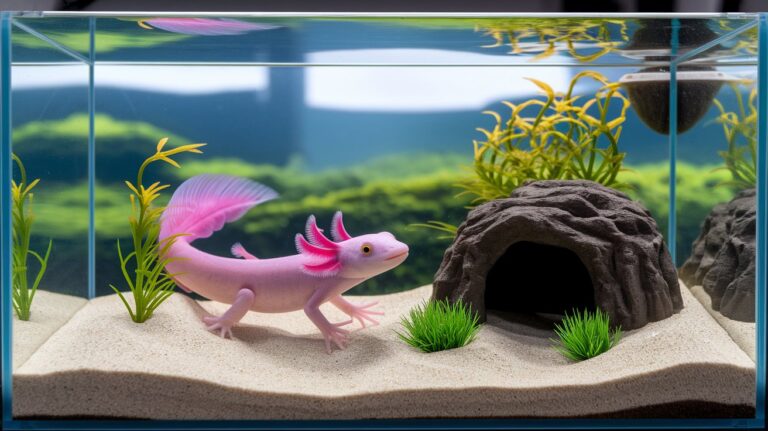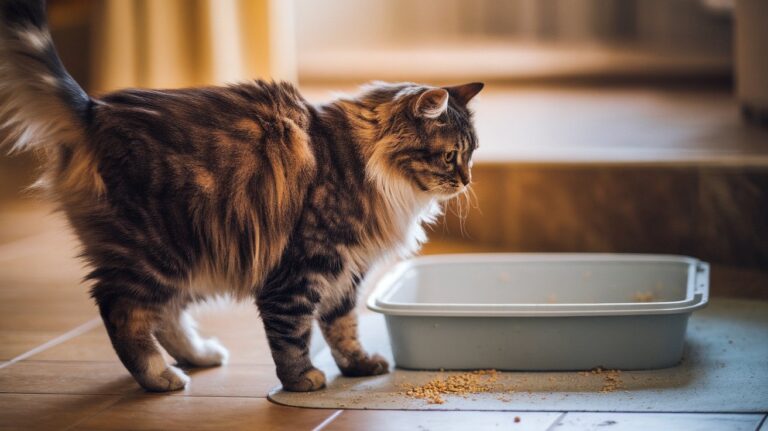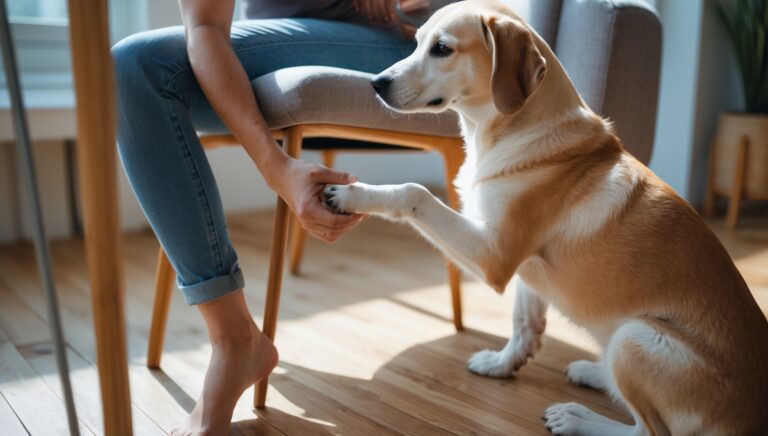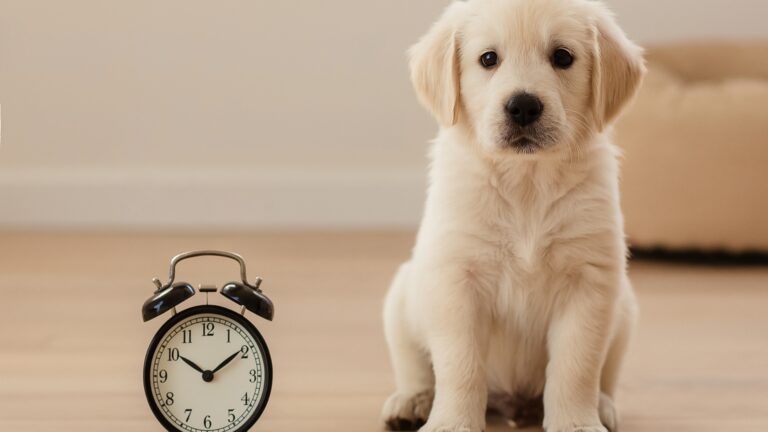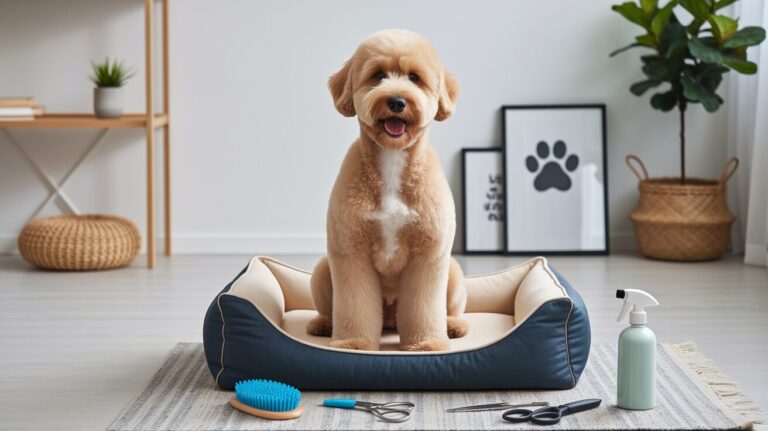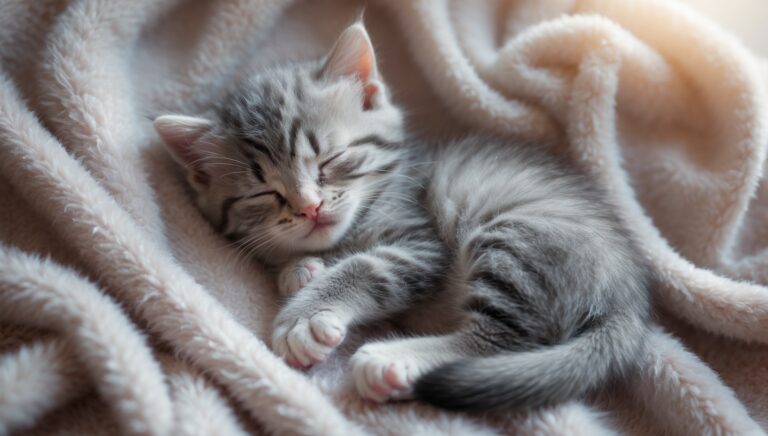Guinea Pig 101: Everything You Need to Know for a Happy Piggy
Thinking about getting a guinea pig? Or maybe you already have one and want to make sure you’re giving them the best life possible? These adorable little furballs may seem like low-maintenance pets, but there’s a lot more to guinea pig care than just a cage and some food.
Guinea pigs are social, intelligent, and incredibly affectionate when cared for properly. However, many new owners unknowingly make common mistakes—choosing the wrong cage, feeding unsafe foods, or neglecting their piggy’s need for companionship—which can lead to stress, illness, and even a shorter lifespan.
This ultimate care guide will walk you through everything you need to know, from setting up the perfect habitat to understanding guinea pig behavior, diet, and health needs. Whether you’re a first-time owner or looking to improve your piggy’s quality of life, this guide will help you raise a happy, healthy guinea pig that thrives under your care!
1. Guinea Pig Essentials: Setting Up the Perfect Habitat
A well-planned habitat is the foundation of a happy and healthy guinea pig. These small animals may not require a large backyard, but they need ample space, safe bedding, and a comfortable environment to thrive. Here’s how to create the ideal home for your piggy.
Choosing the Right Cage
One of the most common mistakes new guinea pig owners make is choosing a cage that’s too small. Unlike hamsters or mice, guinea pigs need a lot of room to move around, explore, and exercise. The minimum cage size recommendations are:
- At least 7.5 sq. ft. (30”x36”) for one guinea pig.
- At least 10.5 sq. ft. (30”x50”) for two guinea pigs (since they are social animals, keeping them in pairs is highly recommended).
- Multi-level cages are NOT necessary, as guinea pigs are not natural climbers like some rodents.
When selecting a cage, opt for:
✔ C&C cages (Cubes and Coroplast) – Spacious, customizable, and well-ventilated.
✔ Large open-top enclosures – Provides easy interaction and enrichment space.
❌ Avoid wire flooring – It can cause foot injuries (a condition called bumblefoot). Always use a solid bottom with soft bedding.
Bedding & Cleaning Routine
The right bedding is crucial for comfort, odor control, and hygiene. Choose soft, absorbent materials to prevent respiratory issues and foot sores. Safe bedding options include:
✔ Paper-based bedding – Highly absorbent and soft (e.g., Carefresh, Kaytee).
✔ Fleece liners – Reusable, eco-friendly, and comfortable, but requires frequent washing.
✔ Aspen shavings – A natural wood-based option without harmful oils.
❌ Avoid cedar or pine shavings – These contain strong aromatic oils that can cause respiratory problems.
Cleaning Routine
- Spot clean daily – Remove soiled bedding and uneaten food.
- Deep clean weekly – Wash the entire cage, replace bedding, and sanitize food bowls and water bottles.
Ideal Placement of the Cage
Location plays a big role in your guinea pig’s happiness. Choose a spot that is:
✔ Quiet but not isolated – Guinea pigs enjoy social interaction but need a calm environment.
✔ Away from direct sunlight and drafts – Sudden temperature changes can stress them.
✔ Near family activity areas – So they feel part of the home without overwhelming noise.
2. Nutrition: What to Feed Your Guinea Pig
A well-balanced diet is essential for good digestion, strong teeth, and overall health. Guinea pigs have specific dietary needs, and providing the right food ensures they live long, healthy lives.
Daily Diet Breakdown
Guinea pigs are herbivores, and their diet should consist of:
- 80% Hay – The most important part of their diet, helping with digestion and dental health.
- Best options: Timothy hay, Orchard hay, Meadow hay.
- Hay should always be fresh, unlimited, and available at all times.
- 15% Fresh Vegetables – Provides essential vitamins and hydration.
- Best options: Bell peppers, leafy greens (romaine, cilantro, parsley), carrots (in moderation).
- Introduce new vegetables slowly to avoid stomach upset.
- 5% Pellets – Supplementary fortified food.
- Choose high-quality pellets with no seeds, nuts, or artificial colors.
Foods to Avoid
Some foods are toxic or hard to digest for guinea pigs. Avoid feeding:
Chocolate, onions, garlic, dairy, nuts, avocado.
Iceberg lettuce and potatoes (can cause digestive issues).
Excess fruit – Too much sugar can lead to obesity and health problems.
Importance of Vitamin C
Guinea pigs cannot produce their own vitamin C, making it crucial to supplement their diet. Without enough vitamin C, they can develop scurvy, leading to joint pain, lethargy, and rough fur.
✔ Best vitamin C sources: Bell peppers, parsley, small pieces of orange or strawberry.
✔ Avoid relying on water additives – Vitamin C degrades quickly in water.
✔ Consider vet-approved vitamin C supplements if needed.
By providing a balanced diet, proper housing, and consistent care, you’ll ensure your guinea pig stays healthy, happy, and full of energy!
3. Socialization & Behavior: Understanding Your Guinea Pig
Guinea pigs are not solitary creatures—they thrive on companionship, interaction, and mental stimulation. Understanding their behavior helps build a stronger bond and ensures they live a happy, stress-free life.
Do Guinea Pigs Need a Friend?
Guinea pigs are highly social animals and should ideally be kept in pairs or small groups. In the wild, they live in herds, so being alone can lead to loneliness, stress, and depression.
Signs your guinea pig may be lonely:
- Lethargy or lack of interest in exploring their enclosure.
- Frequent hiding or lack of response to human interaction.
- Excessive squeaking or wheeking when left alone.
If you can only keep one guinea pig, you’ll need to spend extra time interacting with them daily to prevent boredom and isolation.
Guinea Pig Sounds & What They Mean
Guinea pigs communicate through vocalizations and body language. Recognizing their sounds helps you understand their mood and needs.
- Wheeking – A high-pitched squeal of excitement, often when anticipating food.
- Purring – Can indicate contentment (low, relaxed purr) or nervousness (higher, tense purr).
- Chattering Teeth – A warning sign that your guinea pig is annoyed or feeling threatened.
- Rumbling – A low vibration sound, usually associated with dominance or mating behavior.
By observing these sounds, you’ll better understand how your guinea pig feels and what they need.
How to Bond with Your Guinea Pig
Building trust takes time, but with patience and consistency, your guinea pig will feel comfortable around you.
Tips for bonding with your guinea pig:
- Start slow – Let them get used to your presence before picking them up.
- Use gentle hand-feeding techniques – Offer treats like bell peppers or cilantro to build positive associations.
- Allow floor time in a secure space – Set up a guinea pig-proofed area where they can explore and interact with you.
- Talk to them softly – Guinea pigs recognize voices and will respond better to calm tones.
Once trust is built, your guinea pig may come to you when called, nuzzle your hand, or climb onto your lap for cuddles!
4. Common Health Issues & How to Prevent Them
Guinea pigs are relatively hardy pets, but they can develop serious health problems if not properly cared for. Recognizing symptoms early can prevent severe illness and ensure prompt treatment.
Signs Your Guinea Pig Might Be Sick
A healthy guinea pig is active, eats well, and has bright, alert eyes. If you notice any of the following signs, it could indicate illness:
- Lethargy or reduced activity (hiding more than usual).
- Loss of appetite or refusal to eat hay.
- Labored breathing or wheezing (potential respiratory infection).
- Excessive scratching or fur loss (possible mites or skin infection).
If symptoms persist, seek veterinary care immediately. Guinea pigs hide illness well, so early intervention is key.
Common Health Problems
✔ Vitamin C Deficiency (Scurvy)
- Symptoms: Weakness, rough coat, swollen joints, difficulty walking.
- Prevention: Provide vitamin C-rich vegetables daily (e.g., bell peppers, parsley) and high-quality pellets fortified with vitamin C.
✔ Respiratory Infections
- Causes: Poor ventilation, cold drafts, or exposure to sick animals.
- Signs: Wheezing, nasal discharge, difficulty breathing.
- Prevention: Keep their environment warm, dry, and well-ventilated.
✔ Overgrown Teeth
- Causes: Lack of hay in the diet (guinea pigs’ teeth never stop growing).
- Signs: Difficulty eating, drooling, weight loss.
- Prevention: Provide unlimited hay to keep teeth naturally worn down.
✔ Mites and Skin Issues
- Causes: Stress, poor hygiene, exposure to infected bedding or animals.
- Signs: Excessive scratching, bald patches, scabs.
- Prevention: Regular cage cleaning and avoiding exposure to unknown animals.
How Often Should You Take Your Guinea Pig to the Vet?
- Annual check-ups are recommended to monitor their health.
- Emergency visits if you notice sudden changes in behavior, appetite, or breathing.
- Regular nail trims and dental checks help prevent overgrown teeth and foot issues.
By providing a proper diet, clean habitat, and regular health monitoring, you can ensure your guinea pig lives a long, happy, and healthy life!
5. Grooming & Hygiene: Keeping Your Guinea Pig Clean
Guinea pigs are generally clean animals that groom themselves, but they still require occasional maintenance to stay healthy and comfortable. Proper grooming helps prevent skin issues, overgrown nails, and other hygiene-related problems.
Do Guinea Pigs Need Baths?
Unlike dogs, guinea pigs do not need regular baths. In fact, frequent bathing can dry out their skin and cause irritation. However, there are some situations where a bath may be necessary:
- Skin infections or parasite treatment (as recommended by a vet).
- Severe urine or feces buildup on their fur.
- Long-haired breeds (like Peruvians) that may occasionally need a gentle wash.
Instead of full baths, opt for:
✔ Spot-cleaning with a damp cloth or pet-safe wipes.
✔ Dry bathing with cornstarch powder for mild odor control.
If a bath is necessary, use lukewarm water and fragrance-free small animal shampoo, ensuring they are fully dried with a towel or low-heat blow dryer afterward.
Brushing & Nail Trimming
Different guinea pig breeds have different grooming needs, but all guinea pigs require regular brushing and nail trimming.
✔ Long-haired guinea pigs (Peruvian, Silkie, Texel)
- Need brushing 3-4 times a week to prevent tangles and matting.
- Hair may need to be trimmed occasionally for hygiene.
✔ Short-haired guinea pigs (American, Abyssinian)
- Require brushing once a week to remove loose fur.
How to Trim Guinea Pig Nails:
- Use small pet nail clippers and trim carefully to avoid the quick (the pink part inside the nail).
- If nails are too long, they can cause discomfort or affect movement.
- If nervous, have a vet or experienced pet owner assist.
Cleaning the Cage & Accessories
A clean cage is essential for preventing infections and maintaining your guinea pig’s health.
✔ Daily Spot-Cleaning:
- Remove soiled bedding, uneaten food, and waste.
- Wipe down water bottles and food bowls.
✔ Weekly Deep Cleaning:
- Remove all bedding and clean the cage with pet-safe disinfectant.
- Scrub food bowls, water bottles, and hideouts.
- Allow everything to dry completely before adding fresh bedding.
A clean habitat means a healthier and happier guinea pig!
6. Enrichment & Exercise: Keeping Your Piggy Happy
Guinea pigs love to explore, play, and stay active. Providing enrichment activities keeps them mentally stimulated and physically healthy.
Best Toys & Activities
Guinea pigs love to chew, burrow, and hide. Offering the right toys helps prevent boredom and encourages natural behaviors.
✔ Essential Enrichment Items:
- Hideouts & tunnels – For security and mental stimulation.
- Chew toys – Helps prevent overgrown teeth.
- Fleece snuggle sacks – Comfort and warmth for sleeping.
- Foraging toys – Stuff hay or treats in cardboard tubes for extra fun.
❌ Avoid plastic toys or anything with small parts that can be chewed off and swallowed.
Safe Free-Roaming & Floor Time
Guinea pigs benefit from supervised playtime outside their cage in a guinea pig-proofed area.
✔ How to Guinea Pig-Proof an Area:
- Remove electrical cords, toxic plants, and small objects.
- Block off tight spaces where they could get stuck.
- Use a soft mat or fleece blanket to prevent slipping on hard floors.
Letting them explore in a secure space for at least 30 minutes a day keeps them happy and active!
✅ How to Train Your Guinea Pig
Yes, you can train a guinea pig! With positive reinforcement and patience, they can learn simple tricks.
✔ Teaching Your Guinea Pig to Come When Called:
- Say their name in a gentle tone while offering a small treat.
- Repeat daily, and over time, they will associate their name with rewards.
✔ Teaching Them to Stand Up for a Treat:
- Hold a treat slightly above their head and say “Up!”
- When they lift their front paws, reward immediately.
Training builds trust and strengthens your bond, while also making interactions more enjoyable!
7. Common Guinea Pig Owner Mistakes (and How to Avoid Them!)
Even the most well-meaning guinea pig owners can make mistakes, especially when they’re new to guinea pig care. Here are some of the most common mistakes and how to avoid them to ensure your piggy stays healthy and happy.
Feeding the Wrong Foods
Many new owners assume guinea pigs can eat any fruits or vegetables, but some foods are harmful or too sugary for their digestive systems.
✔ Avoid:
- Processed treats, sugary fruits (bananas, grapes in excess), nuts, dairy, and human snacks.
- Iceberg lettuce (low nutritional value, can cause diarrhea).
✔ Do this instead:
- Stick to vitamin C-rich veggies (bell peppers, leafy greens, cilantro).
- Offer fruits as occasional treats (a small piece of apple or strawberry is fine).
Keeping Them in a Small Cage
Guinea pigs need a lot more space than most pet store cages provide. A small enclosure leads to stress, lack of exercise, and even obesity.
✔ Ideal cage size:
- At least 7.5 sq. ft. for one guinea pig, 10.5+ sq. ft. for two.
- Bigger is always better! Consider C&C cages or large open enclosures.
❌ Avoid multi-level cages – Guinea pigs aren’t climbers like hamsters and can easily fall and injure themselves.
Not Providing Daily Hay
Hay is not just food—it’s essential for your guinea pig’s digestion and dental health. Without enough hay, guinea pigs can develop serious health issues.
✔ What happens without hay?
- Overgrown teeth – Guinea pigs’ teeth never stop growing, and hay naturally grinds them down.
- Digestive problems – A lack of fiber can cause GI stasis, which can be fatal.
✔ Make sure your guinea pig has unlimited access to:
- Timothy hay, Orchard hay, or Meadow hay.
Skipping Social Interaction
Guinea pigs are not low-maintenance, solitary pets—they are highly social creatures that need daily interaction.
✔ Signs of loneliness:
- Hiding excessively or acting lethargic.
- Squeaking or wheeking loudly when left alone.
✔ How to fix it:
- Always keep guinea pigs in pairs (if possible).
- Spend time hand-feeding, talking softly, and letting them explore outside their cage.
A socialized guinea pig is a happier, healthier piggy!
Inconsistent Cleaning Habits
A dirty cage can quickly lead to infections, respiratory problems, and skin conditions.
✔ How to maintain cleanliness:
- Spot-clean daily – Remove waste, soiled bedding, and uneaten food.
- Deep clean weekly – Change bedding, disinfect food bowls and water bottles.
- Check for moldy or damp spots in bedding to prevent bacterial growth.
A clean habitat = a healthy guinea pig!
FAQs: Answering the Most Common Guinea Pig Questions
1. How long do guinea pigs live?
On average, 5-7 years, but with excellent care, some guinea pigs live up to 10 years.
2. Can guinea pigs live alone?
It’s not recommended. Guinea pigs thrive in pairs or small groups and can become lonely and depressed if kept alone. If you must keep a single guinea pig, spend extra time interacting with them daily.
3. What is the best bedding for guinea pigs?
✔ Best options: Paper bedding (Carefresh, Kaytee), fleece liners, or aspen shavings.
❌ Avoid: Cedar and pine shavings (contain harmful oils that can cause respiratory issues).
4. Do guinea pigs bite?
Rarely! Guinea pigs are generally gentle, but they may nibble if they:
- Are scared or feel threatened.
- Mistake your finger for food (especially if you’ve just handled treats!).
5. Why is my guinea pig making a purring sound?
✔ A deep, low purr = Contentment and relaxation.
❌ A high-pitched purr = Nervousness or discomfort.
Final Thoughts: Creating a Happy Life for Your Guinea Pig
Guinea pigs are wonderful, loving pets, but they require the right diet, habitat, and socialization to thrive. By avoiding common mistakes, providing proper nutrition, enrichment, and regular vet care, you’ll ensure your piggy lives a long, happy, and healthy life.
Whether you’re a first-time owner or an experienced guinea pig lover, following this guide will help you give your furry friend the best life possible!
👉 Want to take your guinea pig care to the next level? Subscribe to our newsletter for more expert tips, DIY enrichment ideas, and vet-approved advice to keep your piggy happy and thriving! 🐹💛

